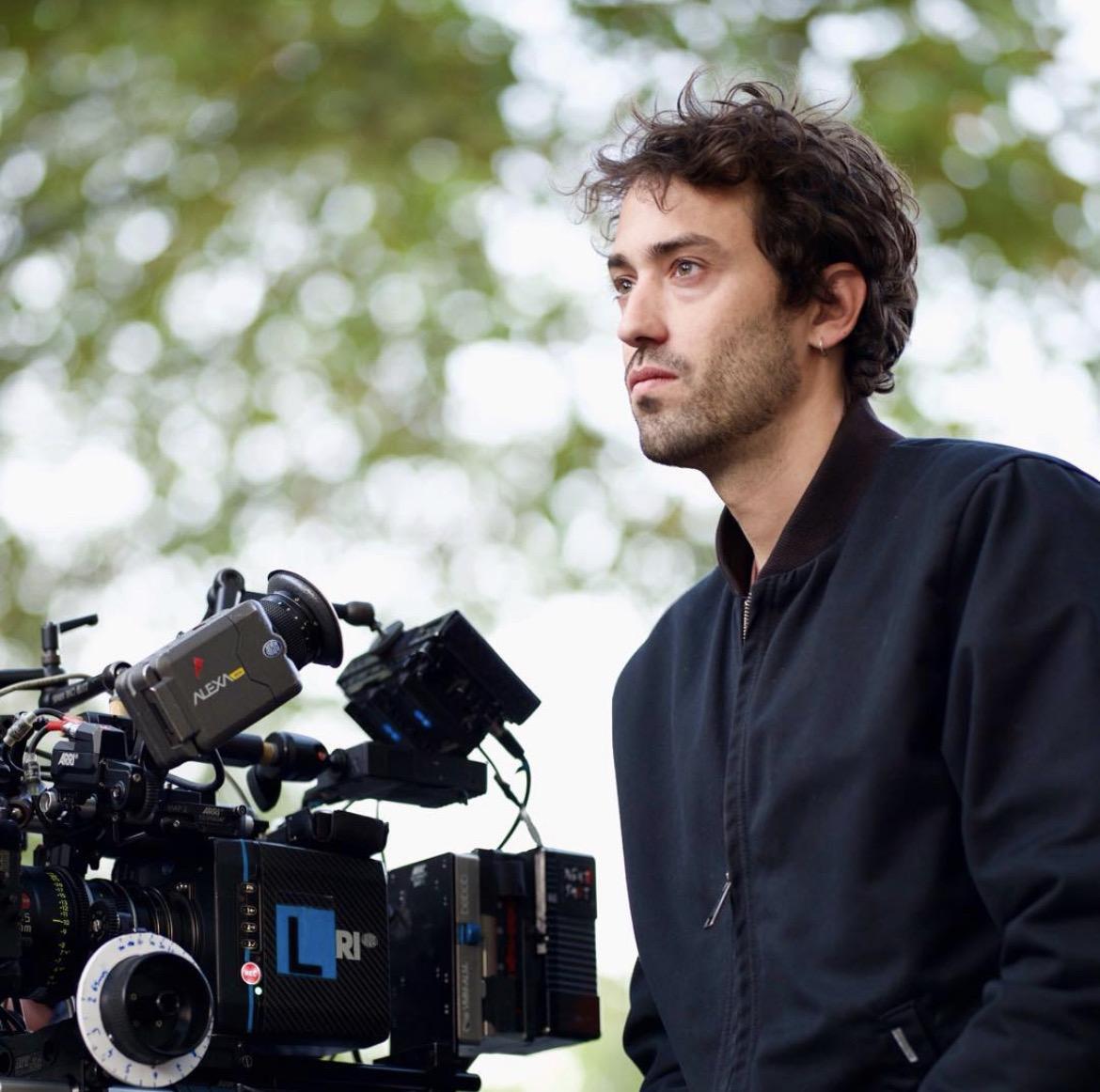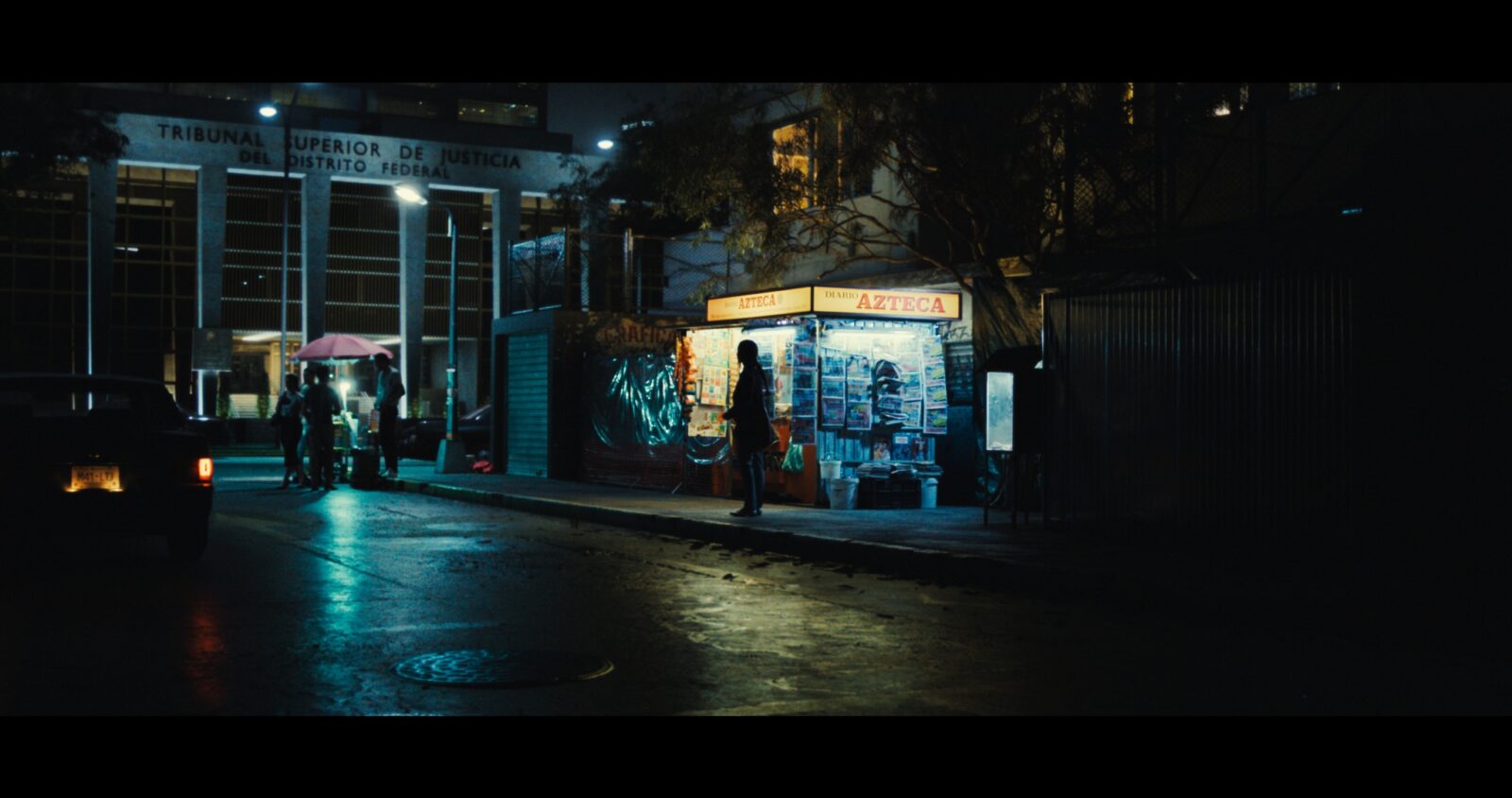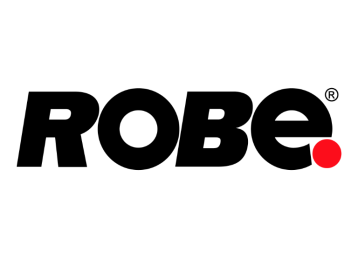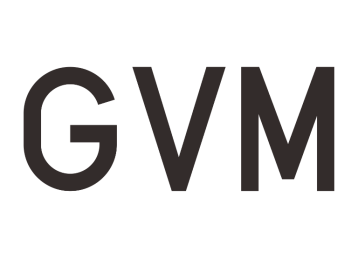
Paul Guilhaume, AFC, is a French cinematographer with a unique approach to image-making. His approach to cinematography has been shaped by a blend of intellectual curiosity, a passion for photography, and a deep love for cinema’s emotional power.
Guilhaume’s path to becoming a cinematographer was an organic evolution that stemmed from his teenage aspirations. He recalls his introduction to the world of filmmaking, crediting a family friend for explaining what it meant to be a director, and another role—the cinematographer. “I remember thinking in my head, I was 14, like, okay, I want to be this guy,” Guilhaume recalls.
From then on, he was determined to pursue his dream. Guilhaume studied science and philosophy as a means to build a path toward one of France’s prestigious film schools. His academic journey was not only about technical proficiency but also about gaining a broader perspective on life and art. He even considered becoming a philosophy teacher if his filmmaking aspirations didn’t pan out, but his passion for film never wavered. He also honed his skills through photography, a craft influenced by his mother, a photographer.
While still in the formative stages of his career, Guilhaume became drawn to the works of great filmmakers like Maurice Pialat and John Cassavetes. He admired how their films, such as Cassavetes’s “Faces”, exuded raw energy and authenticity, qualities he sought to capture in his own cinematography. “It was kind of a mystery… how do you get this energy? How do you get this feeling that it’s all happening right now, and the actual process of filming is not something that is preventing life from happening in front of the camera?” he muses.

In his work, Guilhaume is known for embracing the tension between realism and poeticism. One film that remains a reference for him is No Country For Old Men – Coen Brothers, shot by Roger Deakins, a work he watches before every shoot. “It’s a poetic yet extremely realistic or right image,” he says, admiring its impeccable balance of lighting, camera positioning, and emotion. Another significant influence on him is the documentary Heligonka, shot by Yann Le Masson, which deeply resonated with Guilhaume due to the immediacy and intimacy of its imagery.
For him, filmmaking is not just a technical exercise but a deeply creative process. “My learning process was made of… revelations,” he explains. “It’s not a general thing about cinematography or how you make a movie. It can be, okay, the light is three-dimensional… or it can be how a shot reverse works.” He attributes some of these insights to his time at film school, where he was mentored by the legendary cinematographer Ricardo Aronovich. Aronovich introduced him to the concept of structuring light in a scene to enhance its depth and texture, which became a turning point in his understanding of the medium.
Paul Guilhaume’s career has been characterized by an unyielding commitment to experimentation. He reflects on his work with a sense of curiosity, acknowledging that his approach evolves with every project. “The desire is evolving in regard to what you have done in the past… the more extreme a movie, the stronger the desire then to do something else.”

One of Guilhaume’s most cherished projects is Ava (2017), a film he shot with his partner, director Léa Mysius. The film, about a 13-year-old girl who begins to lose her sight, was shot on 35mm with a distinct focus on light and vision. He recalls the technical challenges, saying, “We shot on 200T film stock and had to light much more than we would have if we had chosen spherical and 500T, but I love what it created—not knowing very well where we were going.” The film became an example of Guilhaume’s belief in the beauty of imperfection and the power of instinct.
Guilhaume’s journey is also deeply influenced by the French film industry and the support structures in place, such as the Centre National du Cinéma (CNC). He emphasizes how the CNC’s funding model, which reinvests part of box office revenues from commercial films into independent and artistic projects, fosters creative freedom in France. “This ability to create without worrying too much about ticket sales in the end is something that’s creating a lot of opportunities and also freedom in the creation process,” he notes.

Paul approaches working with film crews with a spirit of collaboration and mutual respect. He believes in creating an environment where everyone’s input is valued, from the gaffer to the camera assistants. Paul understands that while the cinematographer may have a vision, the execution is a team effort, and he strives to foster open communication on set. Guilhaume sees the concept of idea ownership in filmmaking as fluid and collective. For Paul, the best outcomes often come from a blend of contributions from various members of the crew. He values an open dialogue where everyone feels empowered to share their thoughts, whether it’s about lighting, camera angles, or even broader narrative elements. Paul emphasizes that when a team collaborates freely, without ego, it leads to more innovative and dynamic filmmaking. This openness, he feels, enriches the creative process and ultimately strengthens the film, as the best ideas come from a shared sense of purpose rather than rigid hierarchy.
He believes that sharing experiences among cinematographers is crucial for the growth and improvement of the craft. He acknowledges that in the past, cinematographers were often secretive, guarding their techniques, sometimes even hiding the T-stops they used. However, Paul embraces a more collaborative approach, where sharing knowledge creates more opportunities and enhances the collective skill set. He mentions how platforms like the AFC and even simple WhatsApp groups allow DPs to exchange tips and techniques, fostering a sense of community. Paul sees this openness as mutually beneficial, as it helps everyone improve and elevates the quality of the art form.

Paul Guilhaume is currently immersed in the preparation for his next film with director Arnaud Desplechin. Reflecting on the busy week, he shares, “this week is very rich because today we were testing this camera setup for the next Arnaud Desplechin film we are preparing.” The project, set to be shot in Lyon, stars François Civil and Charlotte Rampling. Guilhaume describes it as a “very light movie” with a tight shooting schedule. To accommodate these constraints, they made the decision to go entirely handheld for the film, embracing a dynamic and minimalist approach to cinematography.
Ultimately, for Paul Guilhaume, cinematography is not just about mastering the technical aspects of the craft but about creating moments that feel alive on screen. He likens his work to sculpting, saying that the image of a film is often already latent within the script, just waiting to be unearthed. “It’s like fossils, you know, like dinosaurs in the sand,” he says. Through his lens, Guilhaume brings these cinematic fossils to life, always striving to capture the fleeting energy and emotion that make cinema magical.

Paul Guilhaume approaches working with film crews with a spirit of collaboration and mutual respect. He believes in creating an environment where everyone’s input is valued, from the gaffer to the camera assistants. Paul understands that while the cinematographer may have a vision, the execution is a team effort, and he strives to foster open communication on set. Guilhaume sees the concept of idea ownership in filmmaking as fluid and collective. For Paul, the best outcomes often come from a blend of contributions from various members of the crew. He values an open dialogue where everyone feels empowered to share their thoughts, whether it’s about lighting, camera angles, or even broader narrative elements. Paul emphasizes that when a team collaborates freely, without ego, it leads to more innovative and dynamic filmmaking. This openness, he feels, enriches the creative process and ultimately strengthens the film, as the best ideas come from a shared sense of purpose rather than rigid hierarchy.





























